- Write by:
-
Thursday, February 8, 2024 - 17:52:57
-
94 Visit
-
Print
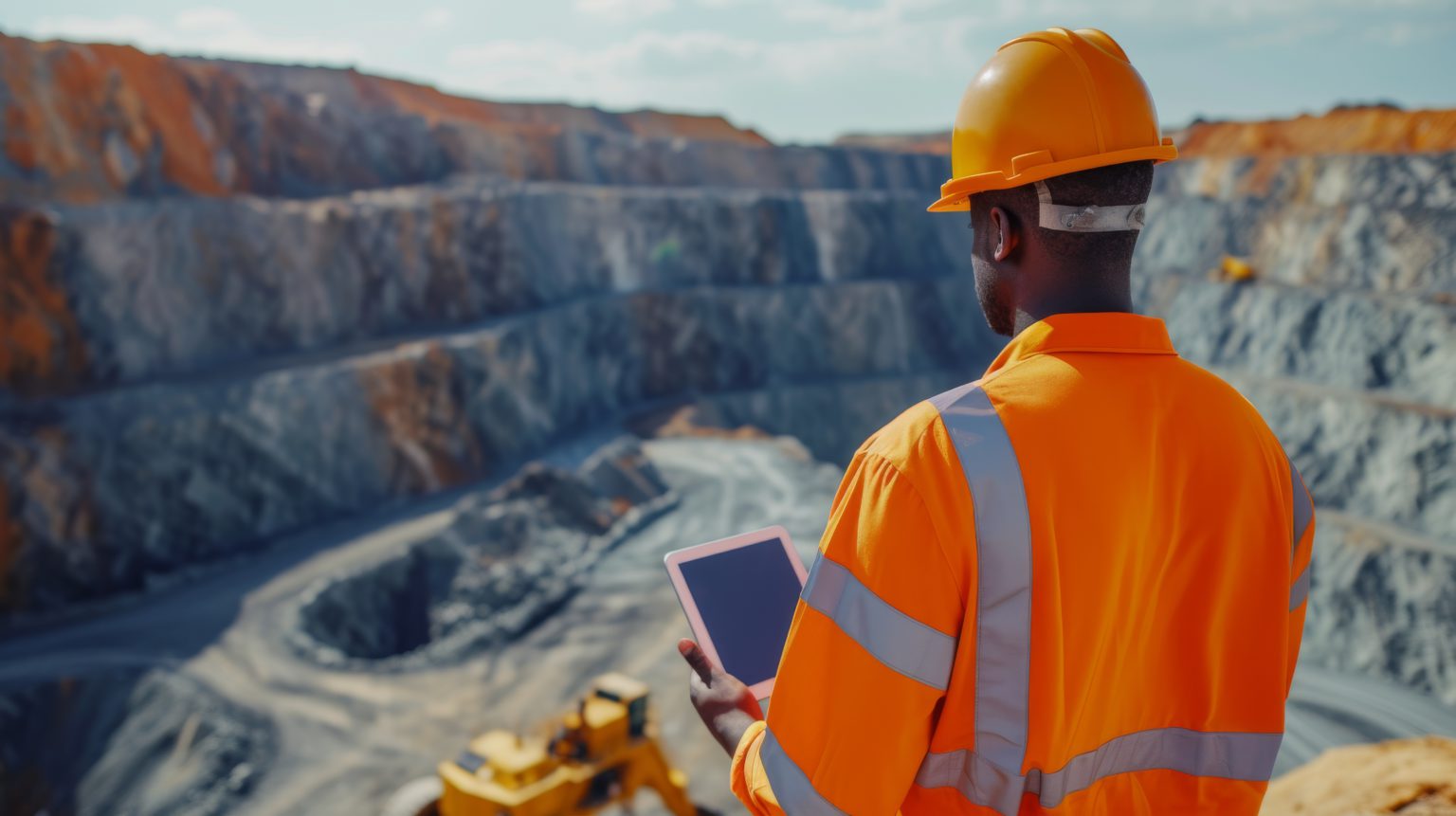
On Thursday at the Mining Indaba conference in South Africa, the Global Reporting Initiative (GRI), an international independent organization for impact reporting across sectors, held an event that launched its sustainability reporting standard for mining companies.
There is currently no reporting standard that covers minerals from the impact perspective. Existing Sustainability Accounting Standards Board reporting focuses only on the risks to providers of financial capital.
GRI 14: Mining Sector 2024, rather, addresses the need for consistent and complete reporting on the sector’s impacts and contributions to sustainable development.
Mining was identified by the Global Sustainability Standards Board in 2020 for prioritization, and the Standard would apply to all organizations engaged in mining and quarrying – with the exception of coal, and oil and gas, for which GRI sector Standards are already available. KPMG confirmed in 2022 that GRI Standards are the most widely used sustainability reporting standards globally.
The Mining Standard is a first for the industry and was developed with a multi-stakeholder approach, addressing 25 topics that are material, such as setting expectations for site-level transparency, emissions, human rights to land and resource rights, climate change to biodiversity, anti-corruption to community engagement.
It also introduces three topics not previously addressed by GRI yet are of specific relevance to mining firms: tailings management, artisanal and small-scale mining, and operating in conflict zones.
“We’re here to engage on the contents with information users, so that people know what they will be hearing about and can ask questions on the ground,” Noora Puro, GRI senior manager, standards division, told MINING.COM in a phone interview.
Puro, who was project manager on the GRI Coal Reporting Standard, said that standards are prominently visible on the Indaba agenda.
“What [to] expect from this standard is a focus on transparency,” she said.
“It’s not a performance standard, but it helps current and future GRI reporters meet the expectations for responsible business, what it means to be transparent about your impact specifically and not the risks to the organization, but how the the company actually interacts with the world and how they mitigate, or remedy their impacts.”
Puro said the way the sector Standards align with the GRI Standard system is they provide a navigational tool for the sector, laying out the most significant impacts and the topics where there are expectations to see information reported.
“Wherever the gaps are found in very sector specific impacts that would not be covered by the GRI topic standards, we have relied on existing responsible mining instruments, existing standards to not duplicate but to align with what’s already out there and considered as best practice,”she said. “An example would be the topic on conflict affected and high risk areas where we’ve aligned with the OECD due diligence guidance.”
Sector specific topics like closure, rehabilitation, look at existing ICM materials or IFC standards for resettlement.
While European Union sustainability reporting standards will soon come into effect, there is, as of yet, no sector standard for mining.
“It gives a blueprint for mining companies to transparently communicate their impacts – that’s the expectation and considering our significance in the impact reporting sphere, our Standard reporters will be very well prepared for upcoming regulation in the EU in probably a year’s time,” Puro said.
“There’s this clear red thread that across the board information users from investors to OEMs for example, are looking for better quality data, more granular data and it just isn’t there right now,” she said.
“And what this standard is trying to enhance is the quality of the data, the consistency of reporting that you would see across these topics.”
Short Link:
https://www.miningnews.ir/En/News/627978
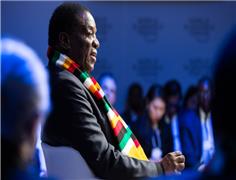
Zimbabwe’s President Emmerson Mnangagwa has re-appointed Winston Chitando as the southern African nation’s mines ...
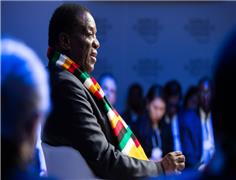
Zimbabwe’s President Emmerson Mnangagwa has re-appointed Winston Chitando as the southern African nation’s mines ...
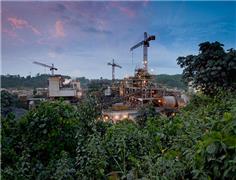
Ghana Mine Workers Union is demanding the termination of the mining lease of Future Global Resources Ltd. because the ...
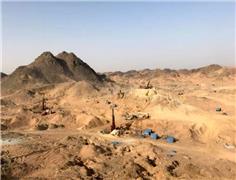
Chinese coal prices are likely to keep falling until the start of the peak summer season, suppressing imports of the ...
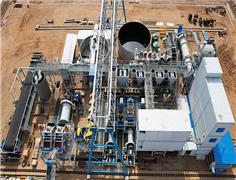
NextSource Materials has submitted an application to build a downstream battery anode facility (BAF) to process graphite ...
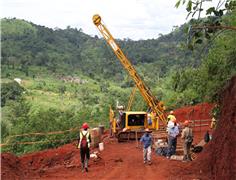
Ivanhoe Electric (NYSE American: IE) (TSX: IE) terest in the Samapleu-Grata nickel-copper project in Côte d’Ivoire after ...
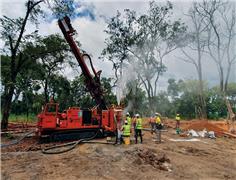
Awalé Resources (TSXV: ARIC) stock soared on Monday after the Newmont-backed gold explorer reported outstanding assay ...
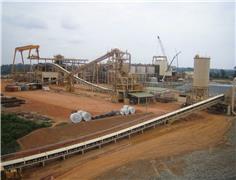
Newmont Corp. has kicked off the sale of its Akyem gold mine in Ghana, which is attracting interest from potential ...
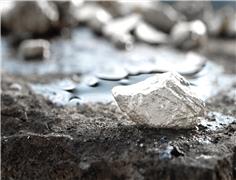
A global platinum deficit in 2024 will be deeper than previously expected as mines hit by low prices for palladium and ...
No comments have been posted yet ...